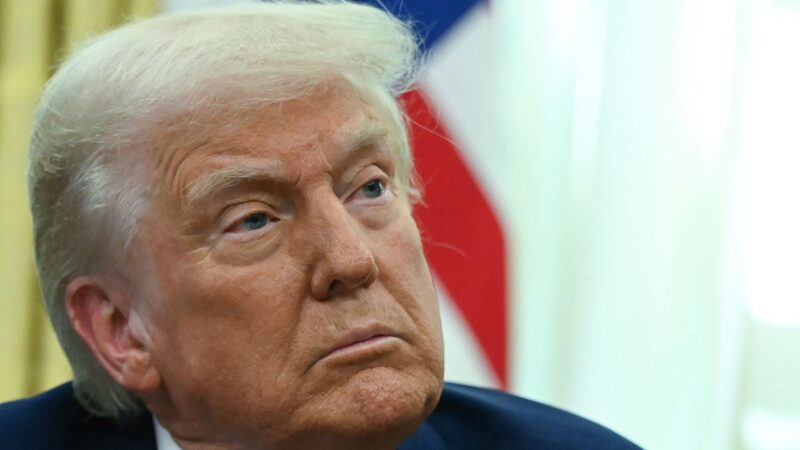In a bold move during his second term, US President Donald Trump has unleashed a wave of tariffs that have sent shockwaves through the global economy. Starting February 1, 2025, Trump imposed a hefty 25% tariff on Canadian and Mexican goods and a 10% levy on Chinese imports. 🛒✨ But that's not all—steel and aluminum tariffs have also been expanded, with plans to slap a 25% tariff on automotive imports. These aggressive measures have ignited fierce backlash from China, Canada, Mexico, and the EU, with the European Commission hinting at retaliation. Even US Senate Minority Leader Charles Schumer has slammed Trump's strategy, calling it \"the most stupid trade war in history.\" 😡🌐
WTO and the Multilateral Trading System Under Threat
Trump's tariff tactics are the biggest challenge to the World Trade Organization (WTO) and its foundational rules since the General Agreement on Tariffs and Trade was set up in 1948. Central to the WTO is the idea of non-discriminatory trade and the Most-Favored-Nation treatment, both of which Trump's tariffs seem to disregard. 📉🚫 Trump’s preference for \"reciprocal tariffs\" has also met strong resistance, as the WTO isn't on board with this approach.
By sidelining the WTO’s oversight, Trump has effectively stalled the Appellate Body, blocking any legal pushback against his tariff moves. This not only undermines the WTO's core principles but also puts global trade stability at risk, echoing the catastrophic Smoot-Hawley tariffs of the 1930s. 🕰️⚖️
Flawed Justifications Behind the Tariffs
Trump has put forward several reasons for these tariffs, but they come under heavy scrutiny:
- Stopping illegal immigration and fentanyl: These issues are unrelated to trade, especially with China.
- Protecting US industry: Despite the tariffs, US manufacturing hasn't seen a significant boost.
- Reducing trade deficit: The trade deficit actually grew under Trump’s policies.
- Fair trade: Reciprocal tariffs are essentially unilateral measures that violate WTO principles.
Economic Fallout from Trump's Trade War
The economic repercussions of Trump's tariff onslaught are already evident:
- Higher Costs for Consumers: US importers are bearing the brunt, passing costs to consumers and manufacturers.
- Financial Strain on Families: The Peterson Institute for International Economics estimates that each American family could be hit with an additional $1,200 annually.
- Decline in Trade: Bloomberg predicts US imports might drop by 55% and exports by up to 60% if retaliation escalates, reminiscent of the trade collapse during the Great Depression.
WTO and Global Trade Show Resilience
Despite Trump's aggressive tariff policies, the WTO and global trade systems are holding strong:
- Minor Impact Relative to Global Trade: The US accounts for just 12.9% of global trade. Even if all its imports were tariffed, the majority of global trade would continue unaffected.
- Support from WTO Members: With 164 WTO members backing the organization’s rules, the multilateral trading system remains robust.
In 2023, global trade soared to $30.4 trillion, driven by growth in middle- and low-income countries. This trend highlights the enduring strength of the WTO and the multilateral trading system, which are set to thrive despite the turbulence caused by Trump’s tariff policies. 🌟🌏
Reference(s):
cgtn.com



